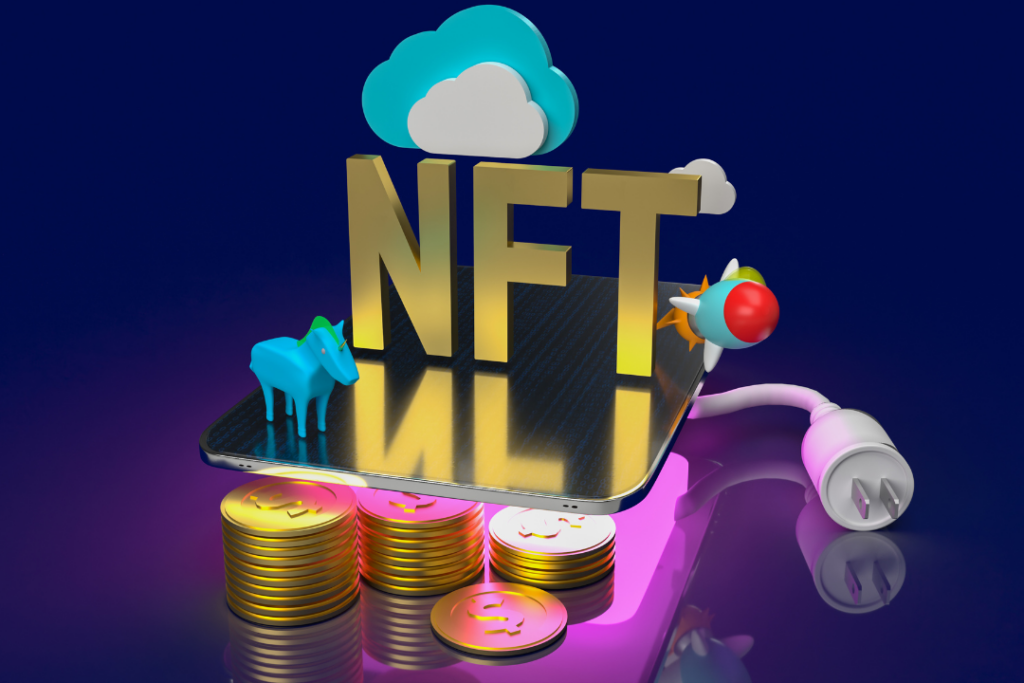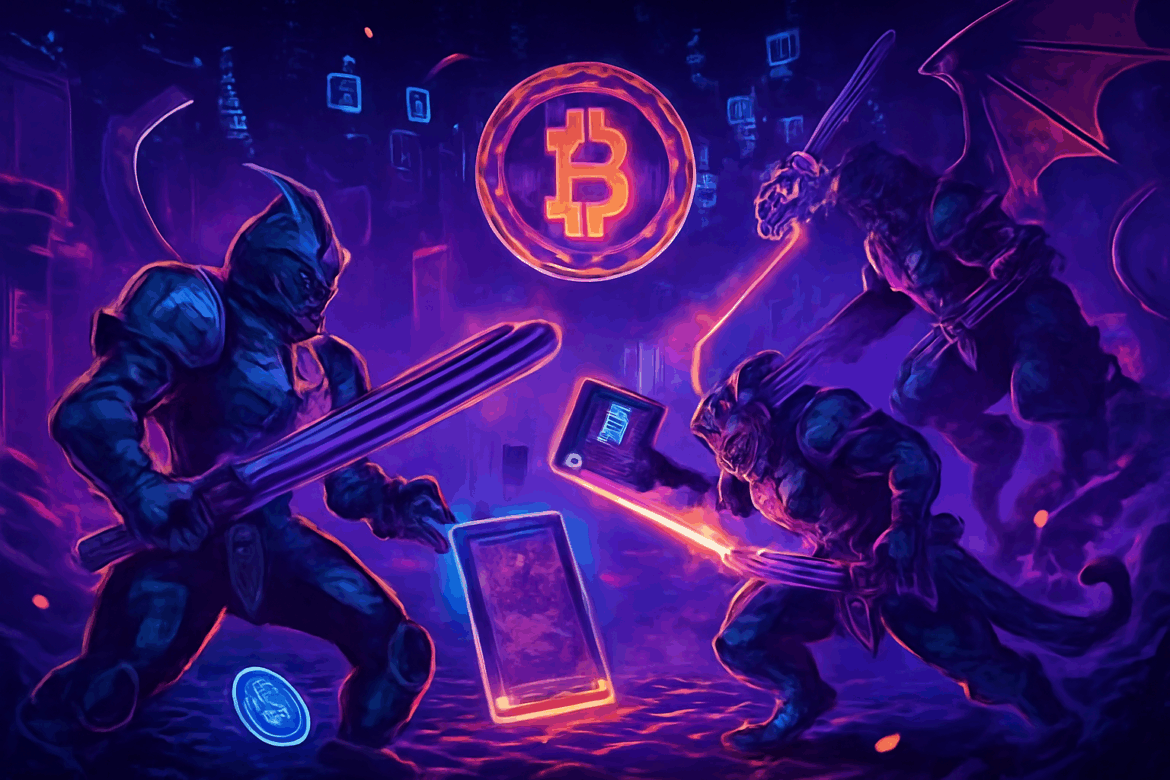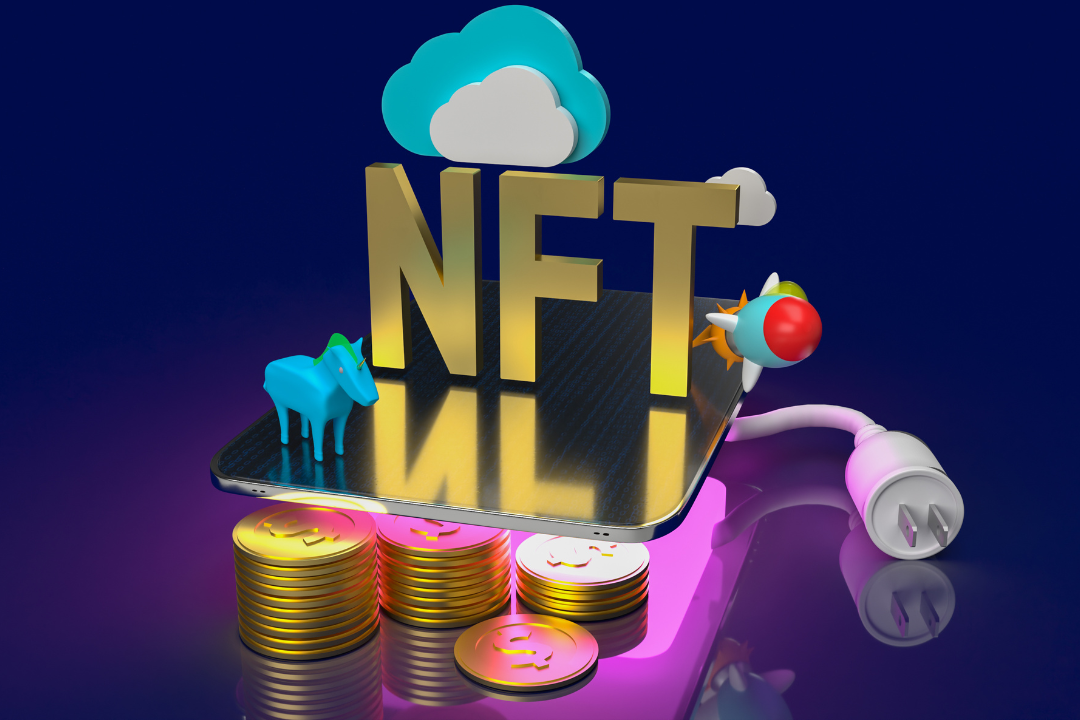Introduction
In recent years, a new wave of gaming has taken the world by storm—NFT gaming. At its core, NFT (non-fungible token) gaming combines blockchain technology with the entertainment world, giving players real ownership of their in-game assets. Instead of items being locked to a single account or platform, NFTs allow players to trade, sell, or even transfer their digital possessions across ecosystems.
This concept is a massive shift from traditional gaming, where even after spending hundreds of dollars on skins, weapons, or upgrades, players never truly own them. NFT games, powered by blockchain, promise financial opportunities, ownership, and the possibility to earn while playing. But as exciting as this revolution is, it comes with an ongoing and heated discussion—the environmental impact of blockchain and NFT gaming.
See more: How NFT Launchpads in 2023 Are Changing the Art World
Before diving into that debate, let’s break down what makes NFT gaming different and why it’s capturing attention across the globe.
What Is Play-to-Earn?
At the heart of NFT gaming is the Play-to-Earn (P2E) model. Unlike traditional games where players spend money without any financial return, play-to-earn enables gamers to earn income while enjoying their favorite titles.
Here’s how it works:
- Players earn tokens or NFTs by completing quests, battling, or participating in in-game activities.
- These NFTs (which could be characters, weapons, land, or skins) hold real-world value.
- Players can trade these assets in secondary marketplaces for cryptocurrency or fiat money.
A well-known example is Axie Infinity, one of the first NFT games to go mainstream. In some developing countries, players earned more through Axie than from traditional jobs during the height of the game’s popularity. This showcased the powerful potential of NFT gaming—not just for entertainment but also as a source of income.
How NFTs Add Value to Gaming
NFTs completely redefine what it means to own something in a game. Traditionally, game developers controlled everything. Even if you bought a skin or character, it technically belonged to the company. If the servers shut down, your investment disappeared.
NFT gaming flips the script. Through blockchain, assets are decentralized and verifiable:
- True ownership – Players actually own their items and can sell or transfer them without needing permission from developers.
- Scarcity and uniqueness – NFTs can be rare, making them collectible. Limited-edition skins or weapons can appreciate in value over time.
- Cross-platform potential – In the future, one NFT asset may be used across different games or metaverses, creating a whole new level of interoperability.
For instance, in The Sandbox and Decentraland, players can purchase virtual land, build experiences, and monetize them. This creates digital economies within games where players are not just consumers but stakeholders.
The Rise of Play-to-Earn Communities
One of the most fascinating aspects of NFT gaming is how it builds communities and economies. Unlike traditional games where only the developers profit, play-to-earn distributes economic benefits to players, guilds, and investors.
- Guilds and scholarship programs emerged, especially in Southeast Asia. Here, investors bought expensive NFTs and rented them to players who couldn’t afford the upfront costs, splitting the earnings.
- Communities formed around games like Axie Infinity, Splinterlands, and Illuvium, creating social networks beyond just gameplay.
- Discord servers, Twitter spaces, and forums dedicated to NFT gaming now function as mini-economies with their own culture and rules.
These communities show how NFT gaming is not just about playing but about building ecosystems where collaboration and competition drive growth.
Challenges and Concerns
While the rise of NFT gaming is exciting, it’s not without serious concerns. Among the biggest debates is the environmental impact of blockchain technology.

1. Energy Consumption
Many blockchains, especially those using proof-of-work (PoW) systems like Ethereum (before its shift to proof-of-stake), consume enormous amounts of energy. Running these networks requires powerful computers solving complex algorithms, which leads to high electricity usage. Critics argue this contributes to climate change and carbon emissions.
2. Carbon Footprint of NFTs
Every time an NFT is minted, bought, or sold, it requires blockchain transactions. Each transaction has an associated carbon footprint, leading some environmentalists to call NFTs an unsustainable trend. In 2021, backlash against NFT art highlighted how minting could be equivalent to weeks of household energy consumption.
3. Market Volatility and Speculation
Beyond environmental issues, NFT games are heavily tied to market speculation. When token prices crash, so does player income. This volatility makes NFT gaming less stable as a reliable source of livelihood.
4. Scams and Rug Pulls
The hype around NFTs has attracted bad actors. Fake games and scam projects lure in players and investors, only to disappear overnight. This damages trust in the industry.
5. Environmental Progress and Solutions
On the positive side, blockchains are evolving. Ethereum’s Merge in 2022 shifted it to proof-of-stake, drastically reducing its energy use by over 99%. Other eco-friendly blockchains like Solana, Polygon, and Tezos are also gaining traction in NFT gaming.
Still, the perception problem remains. Critics argue that even with greener alternatives, the sheer volume of blockchain transactions could strain resources if NFT gaming scales to billions of players.
The Future of NFT Gaming
Despite the concerns, the future of NFT gaming looks promising. Industry experts predict that the sector will evolve in several ways:
- Sustainability will become a core focus – As environmental awareness grows, more games will adopt energy-efficient blockchains and carbon-offset initiatives.
- Mass adoption through AAA games – Major developers like Ubisoft and Square Enix are exploring NFT integration, which could normalize blockchain gaming.
- Regulation and standards – To combat scams and ensure transparency, governments may introduce regulations for NFT projects.
- Interoperability – The dream of carrying an NFT sword or avatar across multiple games and metaverses could soon be reality.
- Hybrid models – Not all players want play-to-earn. Some will prefer play-and-own or hybrid systems where NFTs enhance gameplay without dominating it.
While challenges remain, the combination of financial opportunity, community-driven economies, and evolving technology suggests NFT gaming isn’t just a passing trend—it’s part of gaming’s future.
Conclusion
NFT gaming is more than just a buzzword—it’s a transformative shift in how we think about ownership, economies, and communities in the digital world. By enabling true ownership of assets, fostering play-to-earn opportunities, and building global communities, it has created an exciting new frontier in gaming.
Yet, the industry faces valid challenges, particularly regarding environmental sustainability, scams, and volatility. The environmental debate is not something to be ignored. As NFT gaming expands, its ability to adopt greener technologies and ethical practices will determine its long-term survival and acceptance.
For players, developers, and investors alike, the message is clear: NFT gaming offers enormous potential, but it must be explored responsibly. Just like in the games themselves, strategy matters—and in this case, the strategy includes balancing innovation with sustainability.


